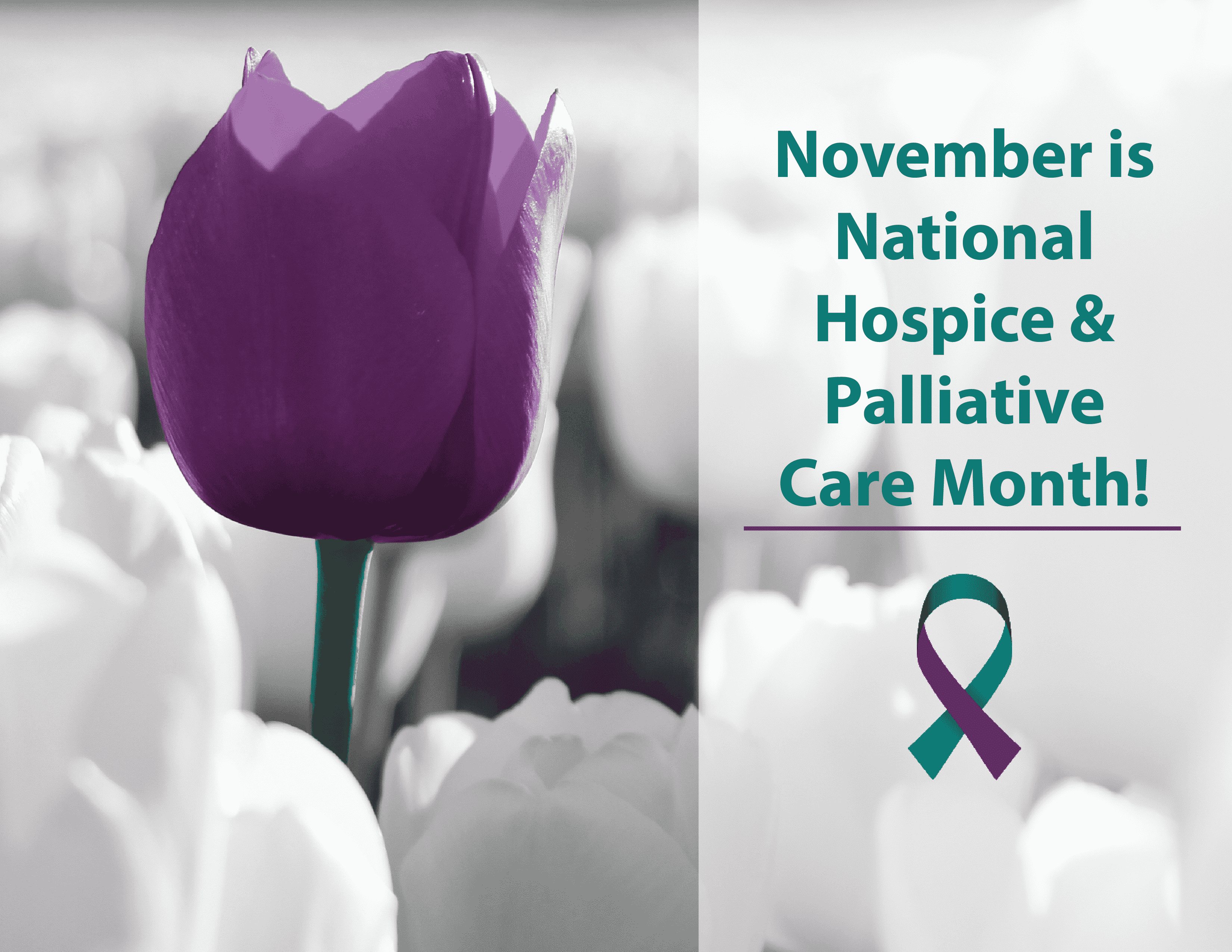
Hospice: Care Wherever You Call Home
By: Laura Mantine, MD
It is a fact that only 25% of deaths occur at home while nearly 80% of Americans would prefer to die at home. Unfortunately, many individuals will die in hospitals, while receiving care that is not consistent with their wishes. It’s important for older adults to plan and let their caregivers, doctors, or family members know their end-of-life preferences. In honor of National Hospice and Palliative Care Month, we want to highlight the fact that hospice is not a place- it is an approach to care.
Increasingly, people are choosing hospice care at the end of life in order to remain at the place they call home. Hospice provides comprehensive comfort care as well as support for the family. In hospice, attempts to cure the person’s illness are stopped. However, this does not mean discontinuing all treatment. A good example is an older person with cancer. If the doctor determines that the cancer is not responding to chemotherapy and the patient chooses to enter hospice care, then the chemotherapy will stop. However, other medical care may continue if it is helpful.
Hospice is Not a Place
Hospice is an approach to care, so it is not tied to a specific place. It can be offered in many types of settings including home, hospitals, nursing homes, assisted living facilities, and dedicated hospice facilities. Most care is provided at home with a family member typically serving as the primary caregiver, but it can also occur in a nursing home or any other place the patient calls home. Hospice staff will make regular visits to the patient’s residence and are on call 24 hours a day, seven days a week. Although hospice provides a lot of support, the day-to-day care of a hospice patient is provided by family and friends. The hospice team coaches family members on how to care for the patient and even provides respite care when caregivers need a break. Respite care can be for as short as a few hours or for as long as several weeks.
Hospice is an Approach to Care
Hospice care brings together a team of people with special skills among them nurses, doctors, social workers, spiritual advisors, and trained volunteers. Everyone works together with the patient, the caregiver, and/or the family to provide the medical, emotional, and spiritual support. The hospice team will manage the patient’s symptoms, teach the family how to provide care, and provide bereavement counseling.
Hospice is provided for a person with a terminal illness whose doctor believes he or she has six months or less to live if the illness runs its natural course. Although there is a six-month time designation, hospice can be provided for as long as the person’s doctor and hospice care team certify that the condition remains life-limiting. Many people who receive hospice care have cancer, while others have heart disease, dementia, kidney failure, or chronic obstructive pulmonary disease. Enrolling in hospice care early helps a person live better and longer, decreases the burden on family, and prepares family members for their loved one’s passing. Families of people who received care through a hospice program were more satisfied with their loved one’s end-of-life care. Also, hospice recipients were more likely to have their pain controlled and less likely to undergo tests or be given medicines they did not need.
Remember, hospice stresses care over cure. The goal is to provide comfort during the final months and days of life while providing ongoing support to the patient and family for whatever time remains.
References:
- Choosing a quality hospice for you or your loved ones. National Hospice and Palliative Care Organization. https://www.nhpco.org/resources/choosing-hospice. Accessed Dec. 19, 2018.
- Hospice care: A consumer’s guide to selecting a hospice program. National Hospice and Palliative Care Organization. https://www.nhpco.org/. Accessed Dec. 19, 2018.
- End Of Life: What are Palliative Care and Hospice Care? National Institute on Aging. https://www.nia.nih.gov. May 14, 2021.



